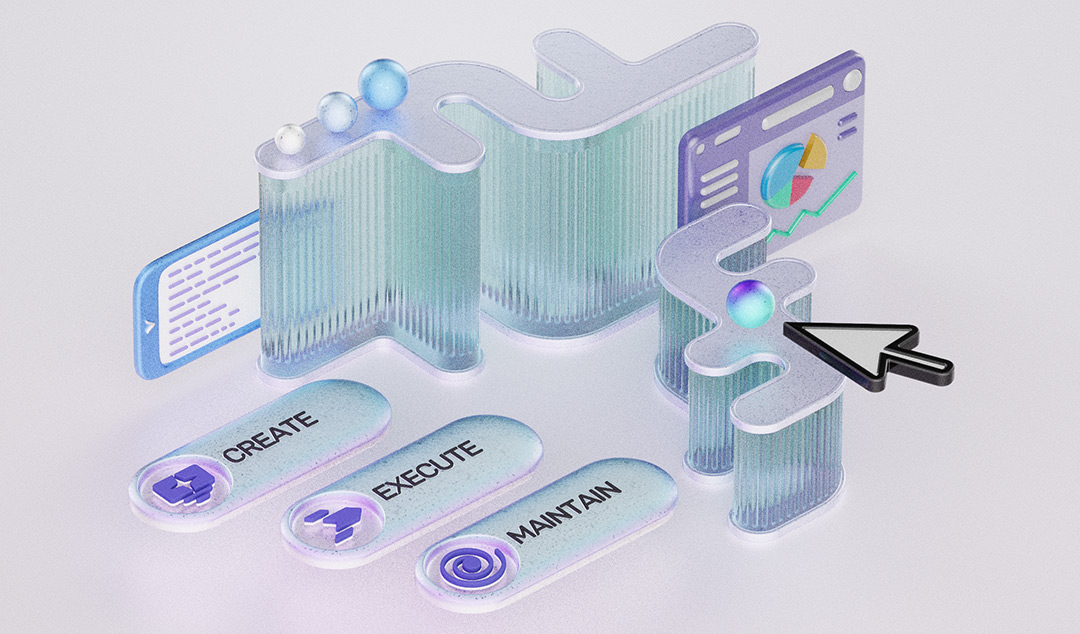Alpha testing vs Beta testing. Why they matter for you
People often use "alpha vs beta testing" terms, but do they understand what they mean? Read on to find out exactly what they are.

Alpha testing vs beta testing. People often use these terms, but do they really understand what they mean? Read on and you will find out exactly what they are and how they differ.
We often talk about testing in our blogs. Usually, we are referring to system testing done by your QA team. More specifically, we generally talk about UI testing. However, there are other forms of testing that are equally important to understand. One of the most powerful is end-user testing. This involves asking end-users to start using your application before it has been fully signed off for release. This is the final testing stage in the SDLC. So join us as we explore the topic of alpha testing vs beta testing.
Alpha testing vs beta testing
You probably have heard of beta testing. But you may be less familiar with alpha testing. So, what exactly are alpha testing and beta testing? Both these are forms of acceptance testing. That is, they are about testing how the software behaves when real users interact with it.
Alpha testing is the final stage of testing performed by your QA team to check that your application is ready for release outside your company. The testing is coordinated in-house, structured and is usually done by your own test team. However, sometimes it involves real users (especially if the software is being created for a 3rd party). Alpha testing is predominantly about ensuring bug-free functionality.
Beta testing involves releasing the software to a limited number of real users. They are free to use it as they want. In other words, this testing is unstructured. However, the users are encouraged to give feedback about how the application performs. Usually, you will also monitor how the backend is performing during these tests. Beta testing is more focussed on performance and scalability.
What exactly is alpha testing?
Alpha testing is the final internal acceptance testing for your software. It is white box testing, in that your test team knows exactly how the software behaves. The aim is to test every single user flow end to end. The idea is to ensure that your software is bug-free, stable, and functioning as expected.
Alpha testing needs to be coordinated with the product team. They are the experts on how the software should look, feel, and behave. They will be able to provide the full set of user journeys and interactions. Using these, you can devise suitable test plans that will ensure every user journey gets tested with suitable data.
Why do you need to do it?
Alpha testing is a vital stage of the software delivery lifecycle. Up to this stage, the testing has been focused on ensuring specific parts of the software are working correctly. Now, you are testing to see if the software actually works. An analogy might be building a car. Up to this stage you have tested the engine, transmission, and chassis. You may even have assembled the vehicle and tested it on a rolling road. But now, you are taking it out on a test track to check things like braking, handling, and safety features.
What exactly is beta testing?
Beta testing is the final stage of the acceptance testing process. At this stage, your software team has told you they believe the software is completely good to go. All the internal testing has been completed successfully, and now you are ready to test in the real world. Often, companies run beta-test programs where they recruit users who want to get early access to new software. The beta testers are aware that there’s a chance the software may be less stable. And typically, they are happy to provide feedback to you.
How does it help you?
The main benefit of beta testing is exposing your software to real-world users who don’t have insider knowledge of how everything should work. It is also the first chance to test how the software behaves in real-world settings. For cell phone apps, in particular, this is critical. Cell phones often have unstable network connections, with high latencies. This can pose additional challenges to your software. Another thing beta testing does is expose your backend to realistic high loads. By now, you should have done stress testing on your backend. But, this can often be quite unrealistic.
What else can you use it for?
Many software companies use beta testing to find out if a new feature will be popular with users. A good example is Apple, who preview new iOS features in their beta program. Many of these features make it to the new release, but some don’t, and others may get delayed to a future minor release. Other companies may choose to do A/B testing of features before deciding which to choose in the final release.
All big software companies use beta testing. Google, in particular, is notable because they often keep products in beta for many years, yet they release the software for everyone to use. Here, their implication is that the software is potentially unstable and so should be used with caution. As an example, Gmail was released in 2004, initially to a limited number of invited users, but eventually available to anyone. The extended beta lasted for 5 years, finally being officially released in July 2009.
The main differences between alpha testing vs. beta testing
The following table summarizes the main differences between alpha testing and beta testing. This isn’t an exhaustive table but should help you to better understand the two types of testing.

How can an intelligent test agent help?
Alpha testing can be a very long and tedious process because it should test all combinations of user flows. Usually, it is done completely manually. This is because it is about real users checking and accepting (or not) that the software does what it should. However, some aspects of it can be automated. This can be especially useful where you want to test more obscure behaviors. For instance, how the system handles an unusual pattern of data such as a non-standard character in a name. The problem is, automating these tests isn’t always that easy. Your test team should have automated all the main user flows, but chances are, they will have avoided more obscure flows.
There are a couple of reasons for this. Firstly, test automation usually means using Selenium scripts. As a result, creating new tests is slow and clunky. Your test team will, therefore,e prioritize the most important tests. Secondly, Selenium tests are notoriously prone to breaking. So, your test team spends a lot of time fixing the tests. Again, this means they don’t have time to achieve 100% test coverage.
Here at Functionize, we have been developing an Intelligent Test Agent that is designed to solve these issues. It takes test plans written in plain English and generates fully-functional tests that self-heal. This means you are able to dramatically increase test coverage. Furthermore, we include the ability to create complex orchestrations of tests. This feature, in particular, can be used to automate aspects of your alpha testing.
Conclusions
Hopefully, you are now more familiar with the differences in alpha testing vs beta testing. These testing phases are critical milestones of the SDLC. Without them, you can’t be sure that your software is really working as expected at the scale that you need.











